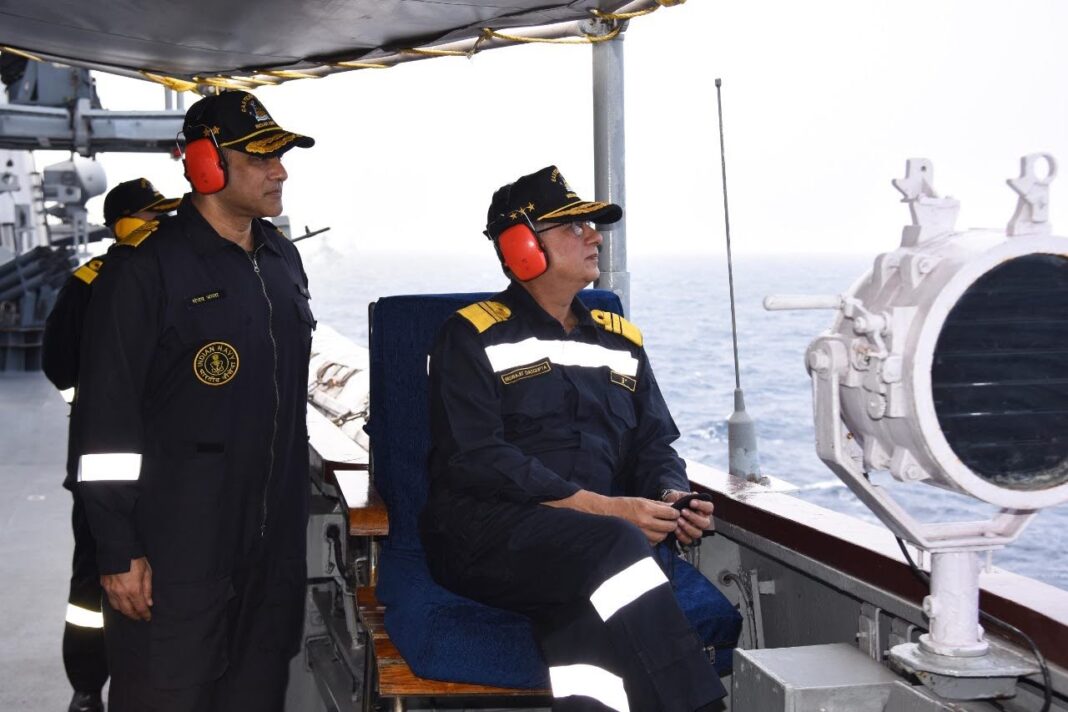The commissioning of India’s first homegrown carrier INS Vikrant is by any yardstick a seminal moment in Indian Naval history. However, as this interview with Vice Admiral (VAdm) Biswajit Dasgupta, AVSM, YSM, VSM and Flag Officer Commanding-in-Chief (FOC-in-C), Eastern Naval Command (ENC), Indian Navy (IN) makes clear, the Vikrant is ultimately the centerpiece of a Carrier Task force(CTF) that among other assets, may ideally include nuclear-powered attack submarines as well. Talking to Delhi Defence Review’s (DDR’s) Chandrashekhar Bhattacharyya, VAdm Dasgupta touches upon the significance of the Vikrant for the IN’s operational posture, the need for a third aircraft carrier and the Navy’s continuing and deep commitment to indigenization.
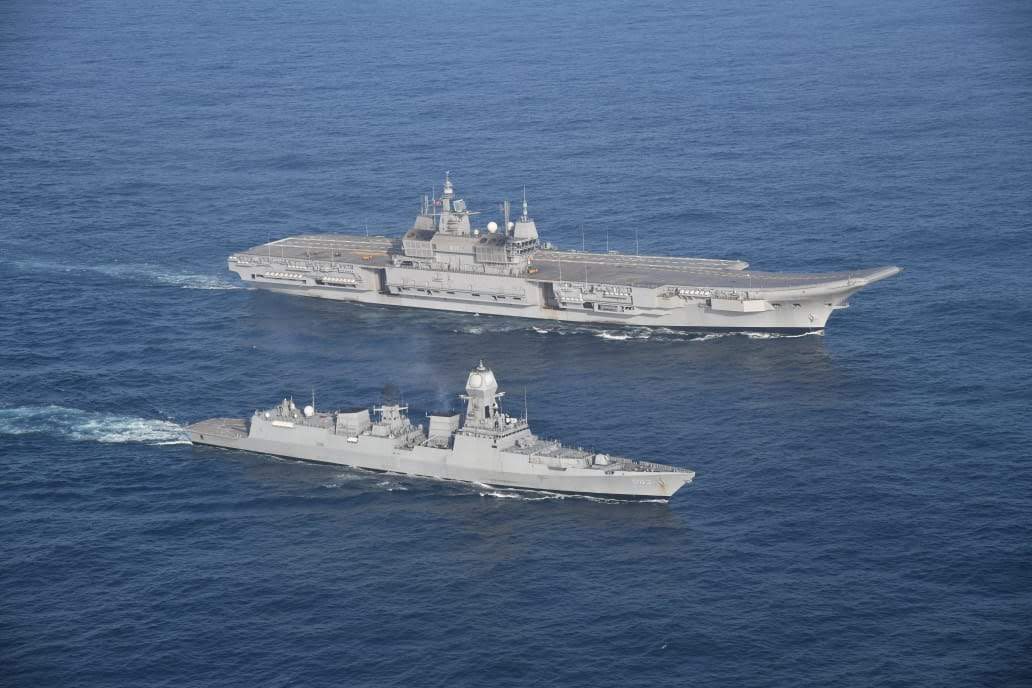
1. Vikrant has been some time coming, and now that she is here, your first thoughts being on board?
Firstly, it is an exhilarating feeling of having our own indigenous aircraft carrier. I share the sense of pride of all Indians on this happy and historic occasion. Vikrant symbolizes a resurgent India that wishes to chart its future trajectory with gradually reducing dependence on foreign sources.
Secondly, it gives us additional capability to manage maritime affairs in our vast Area of Responsibility (AOR). Two operational carrier task forces with us, one on each seaboard, will give us a ‘never before’ capability and flexibility to project power and influence operations across our AOR.
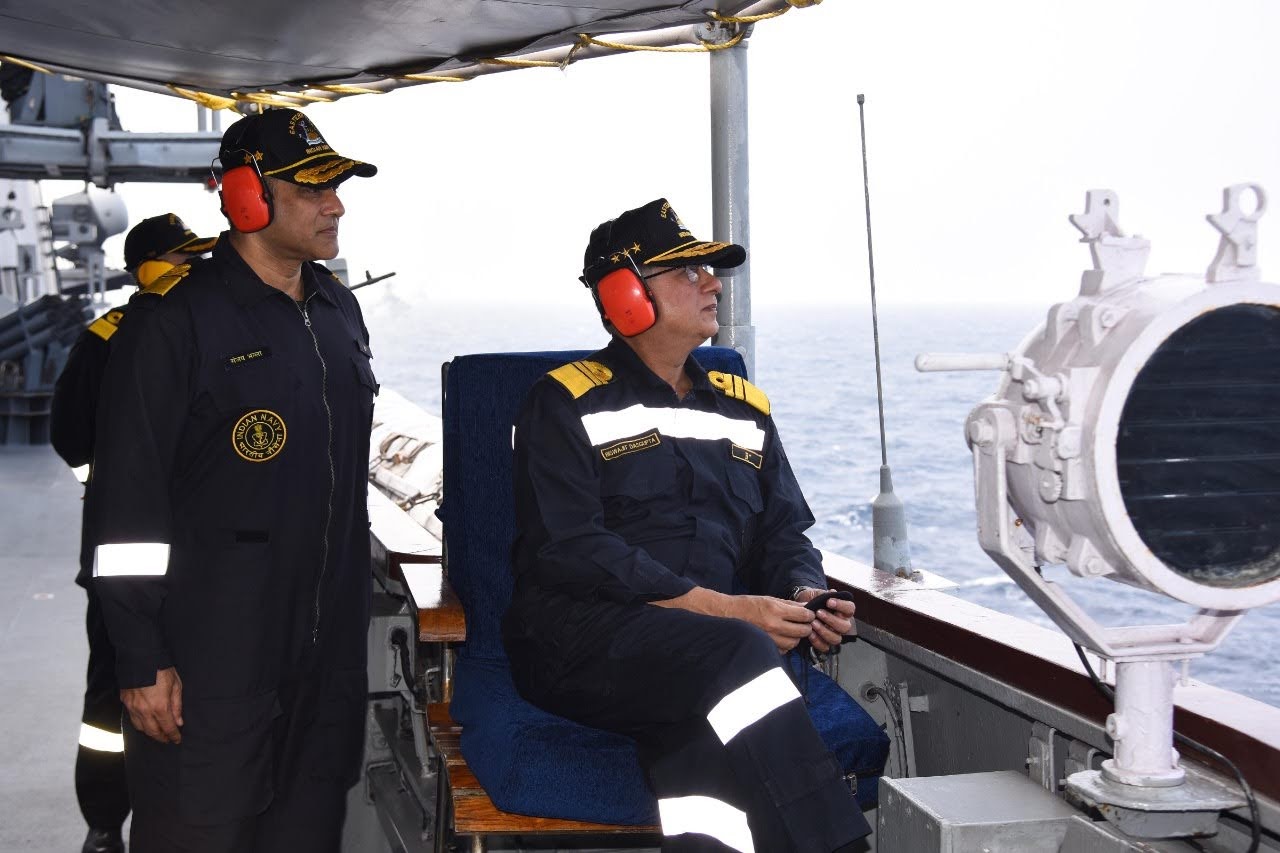
Thirdly, I am struck by the excellent quality of construction, both internally and externally. This is definitely a few notches higher than our earlier ship constructions and will set new standards. Much of this credit must go to Cochin Shipyard Ltd (CSL) and their construction partners, both public and private.
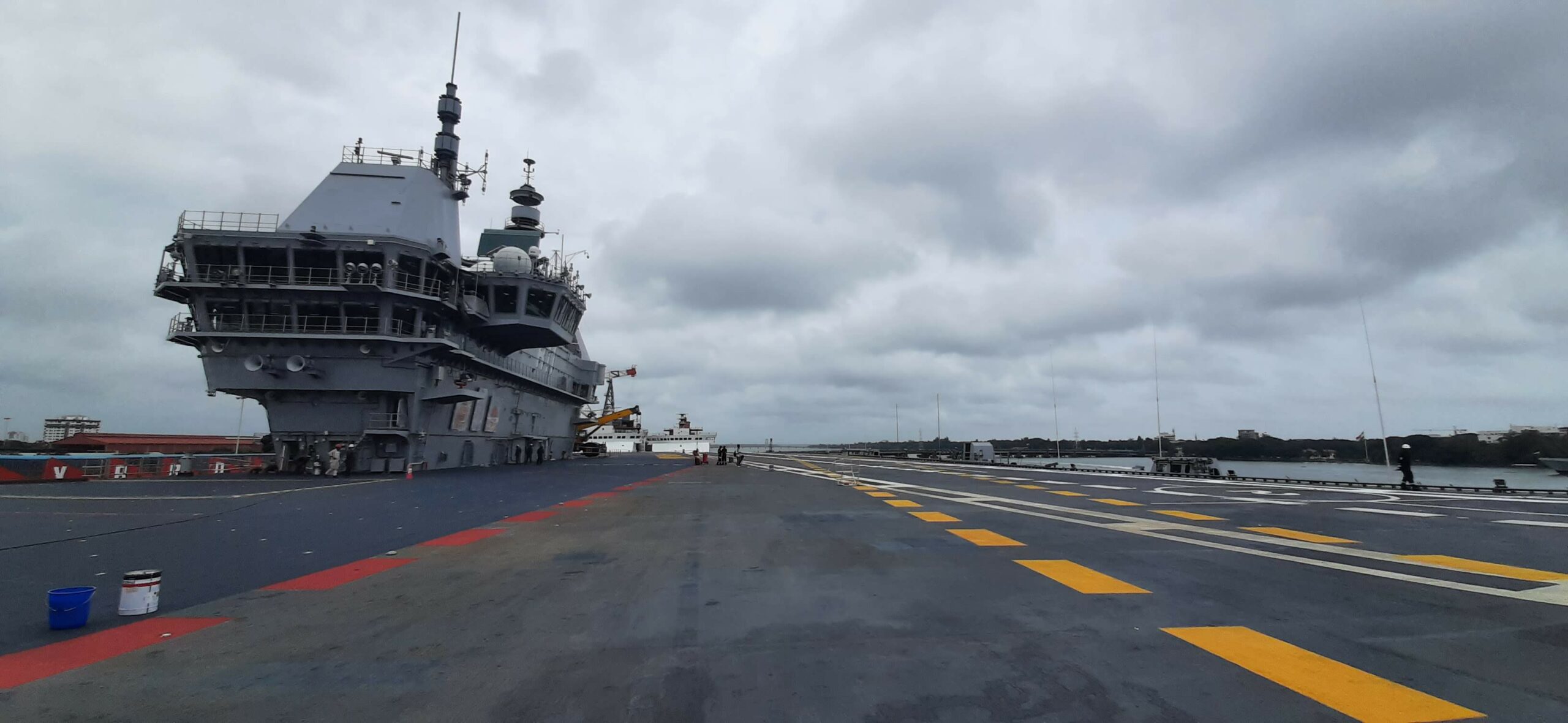
Finally, the plan of basing this carrier on the Eastern Seaboard is indicative of truly ‘Acting East’ in accordance with our stated national policy.
2. With the Indian Navy taking a lead role in maritime dominance with our partners in the IOR and seas beyond, and two carriers in place – Vikrant is sure a game changer. How does the future look like, some crystal gazing?
Future Naval operations surely look promising. Operating two carrier task forces simultaneously will by itself, improve our all-round professional capability in carrier-based operations, maintenance of carriers and her aircraft on both coasts, the associated logistics and the opportunities that this will provide to our industry, both directly and indirectly.
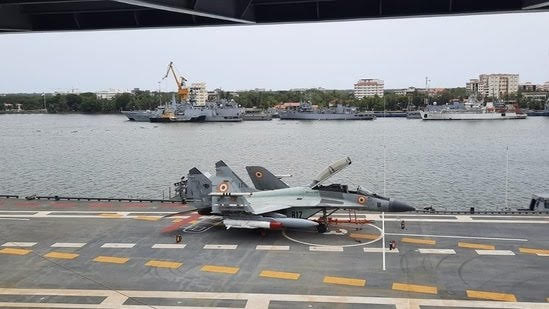
Vikrant, by herself, is not enough. A Carrier Task Force (CTF) comprises other ships and supporting long-range aerial surveillance and preferably even SSNs as part of the CTF. The rest of our shipbuilding and submarine building programmes must also take effect at a good pace. These take a finite period of time and therefore call for good planning, quick approvals for next-generation surface ships as well as induction of additional fighter aircraft.

The Indian Navy aspires to have three operational aircraft carriers to meet the ever-increasing challenges in the maritime domain. If and when that is approved, she will take at least a decade to build from the date of contract. We must also have a replacement for Vikramaditya well before she is paid off in due course. Also, all the expertise and experience gained with Vikrant must not be allowed to remain idle or wither away. With crowding of the maritime space and the potential for conflict in the Indo-Pacific Region, we are actively progressing the case for IAC 2 so that our force levels are maintained and enhanced well into the future.

Finally, in this effort, we should vigorously pursue our Atmanirbharta mission for defence products and maintain our operational capability at all times. Deterrence comes from demonstration of capability and our intent must translate into credible capability in good time.
3. Vikrant now heads to the sea for post commissioning rendezvous at sea operational training and trials. Apart from the much awaited fixed wing flying trials, and operational integration of her Carrier Air Wing, what are some of the highlights expected?
Getting a carrier operational is serious business as margins for error are wafer-thin. It has to be a considered, deliberate and gradual process of integrating the carrier, her aircraft, the aircrew, the ship’s crew, ground staff, equipment and systems. The complexity is enormous and attention to safety has to be uncompromising.

The carrier will undergo operational clearances by the competent authorities over the entire range of operations both by day and night. Upon Final Operational Clearance (FOC), she would be ready to join the Eastern Fleet. That is when we will realise her true potential. After that, she will be home-ported at Visakhapatnam under the Eastern Naval Command.

For the moment, the MiG 29-K will be the fighter aircraft that will fly from her deck while we simultaneously and vigorously progress the realization of our indigenous Twin Engine Deck Based Fighter (TEDBF) for the future. In the interim, to operate the full complement of fighter aircraft, other options are being examined. These are indeed exciting times and I have no doubt that our Government, the Indian Navy as well as all organizations and entities associated with achieving these ambitious milestones will convincingly overcome challenges along the way.
© Delhi Defence Review. Reproducing this content in full without permission is prohibited.


























